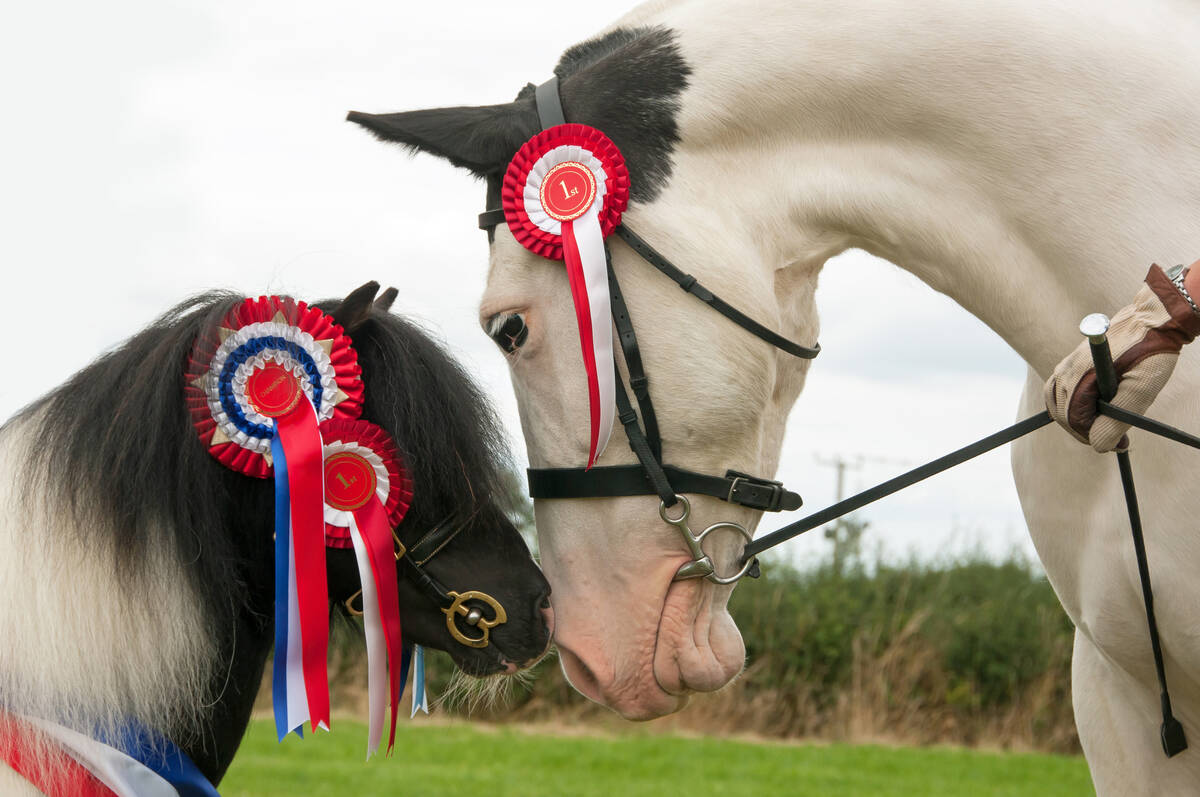Grazing corn stalks is one way farmers and ranchers can reduce the cost of wintering beef cows. However, “grazing corn stalks” is a bit misleading, as cattle shouldn’t be forced to graze the stalk of the corn plant, say North Dakota State University Extension specialists.
“The components of the corn plant remaining post-harvest include the stalk, leaf, husk, cob and any downed ears,” says Zac Carlson, NDSU Extension beef cattle specialist. “The components with the greatest nutritive value are the husk and leaf. The cob is relatively high in digestibility but low in protein. The stalk is low in protein and digestibility.
“Cattle are selective grazers and will eat any grain first that is remaining in the field, followed by husk and leaf,” says Carlson. “As a consequence, the longer the cattle graze a particular corn field, the lower in nutrient content their diet will be.”
Read Also

Linebreeding horses drives genetic bottlenecks
Too much linebreeding and prioritizing pedigree can narrow genetic diversity and lead to horse health problems in future generations.
[RELATED] Editor’s Take: Time to get serious about rebuilding cattle sector
Producers should target cattle to consume husks and leaves and use visual appearance to indicate when to move cattle to the next field, Carlson advises.
“For each bushel of corn produced, there is approximately 16 pounds of leaf and husk available,” says Janna Block, NDSU Extension livestock systems specialist. “A suggested stocking rate is to target grazing half (eight pounds per bushel of corn produced) of the available leaf and husk.”
Mature, non-lactating, spring-calving cows with a body condition score of five or greater will not need supplemental protein in favourable weather at an appropriate stocking rate.
[RELATED] Canadian Cattlemen: USask researchers study feeding corn and corn residue to beef cattle
Weaned calves, first-calf heifers and fall-calving cows will require additional protein and energy to meet nutrient requirements.
“Corn residue is low in most minerals and vitamin A,” says Karl Hoppe, NDSU Extension livestock systems specialist. “Farmers and ranchers should provide a vitamin and mineral program.”
Scout fields prior to grazing to determine the amount of downed corn.
“There is an increased risk of founder or acidosis if fields have eight to 10 or more bushels of ears of corn per acre,” says James Rogers, NDSU Extension forage crops production specialist. “If this is the case, strip grazing is recommended to limit the amount of corn consumed in one day.”
[RELATED] Scattered hay market leaves price questions
To determine the amount of corn remaining in fields planted in 30-inch rows, count the number of eight-inch ears (or equivalent) on the ground along three different 100-foot furrow strips, and then divide the total by two. This will give an estimate for remaining bushels of corn per acre, says Rogers.
“Do not turn hungry cattle out to graze,” advises Miranda Meehan, NDSU Extension livestock stewardship specialist. “Provide good-quality hay for a day or more so cattle don’t consume corn immediately.”
Two main limitations to grazing corn residue are fencing and water availability.
Soil compaction is another issue often attributed to grazing corn residue. Based on research conducted at the U.S. Department of Agriculture’s Northern Plains Research Lab in Mandan, N.D., the risk of compaction from fall grazing is low in the northern plains due to freeze-thaw cycles. However, NDSU Extension specialists recommend that producers avoid grazing soils with a high clay content when saturated.
“Have a plan for weather events that limit grazing,” says Meehan. “Deep snow and ice will limit the ability for cattle to graze corn residue.”















